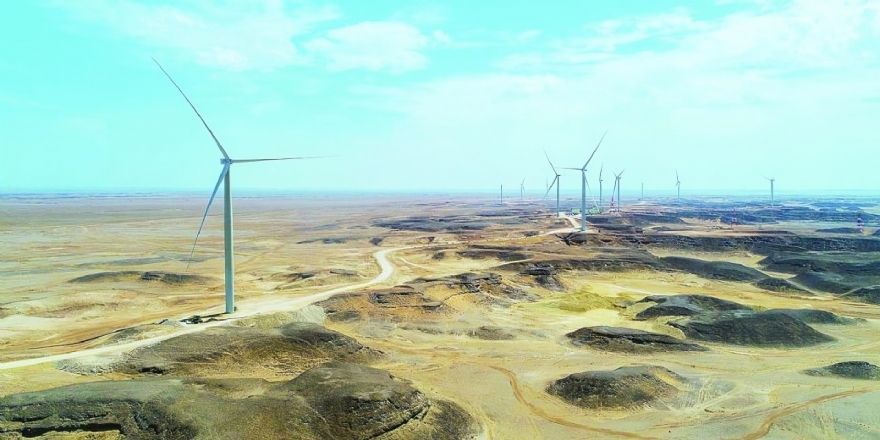 Volkswagen AG
Volkswagen AG (VW) and
Vulcan Green Steel have signed a Memorandum of Understanding (MoU) for a partnership for low-carbon steel — a key element of VW’s ‘green steel’ strategy. The partnership is one of a series of initiatives by the VW Group to expand the use of green steel in production.
In addition to the collaboration with Vulcan Green Steel, VW has been in partnership with Salzgitter AG since 2022. The Group also has a stake in Swedish green steel manufacturer
H2 Green Steel via its subsidiary
Scania. The Jindal Steel Group, to which Vulcan Green Steel belongs, is a diversified industrial conglomerate with steel, iron ore mining and energy operations as well as activities in India, Oman, Africa and Australia.
Starting in 2027, Vulcan Green Steel will produce automotive grades and other high-strength steels in Duqm, Oman; and while natural gas will be used in the operations during the initial years, later the operations will be switched over to green energy in a move that will cut carbon emissions by 70% once the transition is complete. The facility is currently in the construction phase and is scheduled to come on stream in 2026.
Dirk Grosse-Loheide, VW’s board member responsible for procurement, said: “Decarbonising supply chains is a decisive factor for the VW Group on the road to carbon neutrality. We want to achieve this goal by 2050 at the latest, and using low-carbon steel is an important step in this direction. Green steel will help us make supply chains at Volkswagen even more environment friendly going forward.”
The volumes of low-carbon steel that Volkswagen AG expects to order will cover a significant proportion of total steel requirements and will be used by the Group’s production facilities from 2027 onwards. Moreover, the fully vertically integrated production of flat steel in Oman will extend from mined iron ore to own generation of green energy and production of green hydrogen all the way to secondary metallurgy of the finished steel.
Oman is said to offer excellent conditions for renewables, especially wind and solar energy, with high wind speeds and strong, continuous solar radiation creating ideal conditions for generating green power — an essential basis for the production of low-carbon steel using green hydrogen.